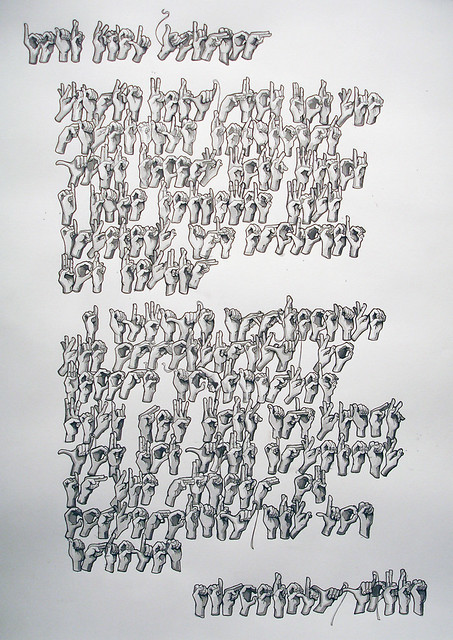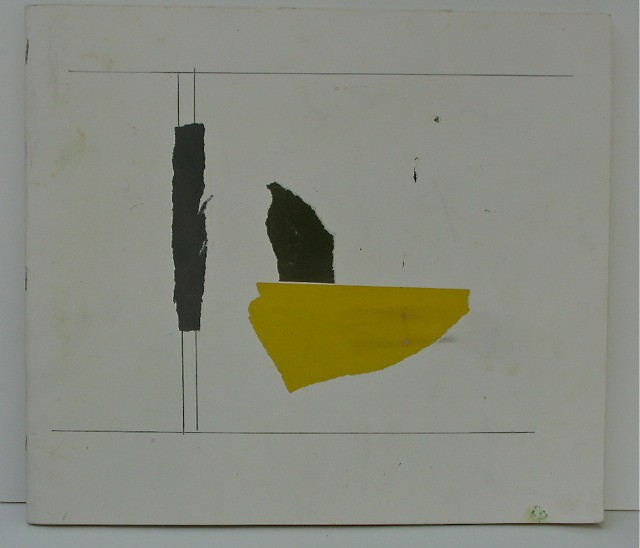Further reading on ‘mediums’:
The various oils used as mediums in oil painting are known as drying oils. The term is useful as a reminder that different oils have different drying times and properties. These mediums are mixed with oil paint both to modify the way the paint handles straight from the tube (for example, make it thinner or lengthen the drying time) and to alter the character of the paint from what you get straight from a paint tube (for example, make it transparent or opaque, gloss or matt). Ideal mediums are colorless, permanent, flexible, and do not influence the color of a pigment. Learning the particular properties of a drying oil is part of the essential technical knowledge an oil painter should have. *Remember that when an oil paint feels dry to the touch, it will still be drying under the surface for some time, which is why the principle of painting fat over lean is so important in oil painting.
Linseed oil is made from the seeds of the flax plant. It adds gloss and transparency to paints and is available in several forms. It dries very thoroughly, making it ideal for underpainting and initial layers in a painting. Refined linseed oil is a popular, all-purpose, pale to light yellow oil which dries with in three to five days. Cold-pressed linseed oil dries slightly faster than refined linseed oil and is considered to be the best quality linseed oil.
Stand oil is a thicker processed form of linseed oil, with a slower drying time (about a week to be dry to the touch, though it'll remain tacky for some time). It's ideal for glazing (when mixed with a diluent or solvent such as turpentine) and produces a smooth, enamel-like finish without any visible brush marks.
Sun-thickened linseed oil is a created by exposing the oil to the sun to create a thick, syrupy, somewhat bleached oil, with similar brushing.
Sun-thickened linseed oil is a created by exposing the oil to the sun to create a thick, syrupy, somewhat bleached oil, with similar brushing qualities to stand oil. Pour some oil (about an inch) into a wide dish, cover it with a propped-up lid (i.e. to minimize debris getting in, but so that the air can flow through). Stir every day or so to prevent a skin from forming on the top. How long it takes for the oil to thicken will depend on how hot the climate is where you live. Test the thickness of the oil when it's cool, not when it's still hot from the day's sun. Pour it through a sieve or cloth to remove debris before you bottle the oil.
As linseed oil has a tendency to yellow as it dries, avoid using it in whites, pale colors, and light blues. Stand oil and sun-thickened oil yellows very little.
Poppyseed oil is a very pale oil, more transparent and less likely to yellow than linseed oil, so it is often used for whites, pale colors, and blues. It gives oil paint a consistency similar to soft butter. Poppyseed oil takes longer to dry than linseed oil, from five to seven days, making it ideal for working wet on wet. Because it dries slowly and less thoroughly, avoid using poppyseed oil in lower layers of a painting when working wet on dry and when applying paint thickly, as the paint will be liable to crack when it finally dries completely. Poppy seeds naturally contain about 50 per cent oil.
Safflower oil has the same characteristics as poppyseed oil, but dries a bit faster. It's made from safflower seeds. Sunflower oil also has similar characteristics to poppyseed oil. It's made from sunflower seeds.
Walnut oil is a pale yellow-brown oil (when newly made it's a pale oil with a greenish tinge) that has a distinctive smell. As it's a thin oil, it's used to make oil paint more fluid. As it yellows less than linseed oil (but more than safflower oil) it's good for pale colors. Walnut oil dries in four or five days. It's an expensive oil and must be stored correctly otherwise it goes rancid (off). You may want to refrigerate this oil. Walnuts naturally contain about 65 per cent oil.
Boiled oils are oils that have been heated and mixed with a dryer to create a faster-drying oil that gives a glossy finish. They tend to yellow and darken with age, so are best limited to lower layers in a painting and darker colors. If you're not sure what effect an oil is going to have, rather take the time to do a test than 'lose' or 'damage' a whole painting.
















































